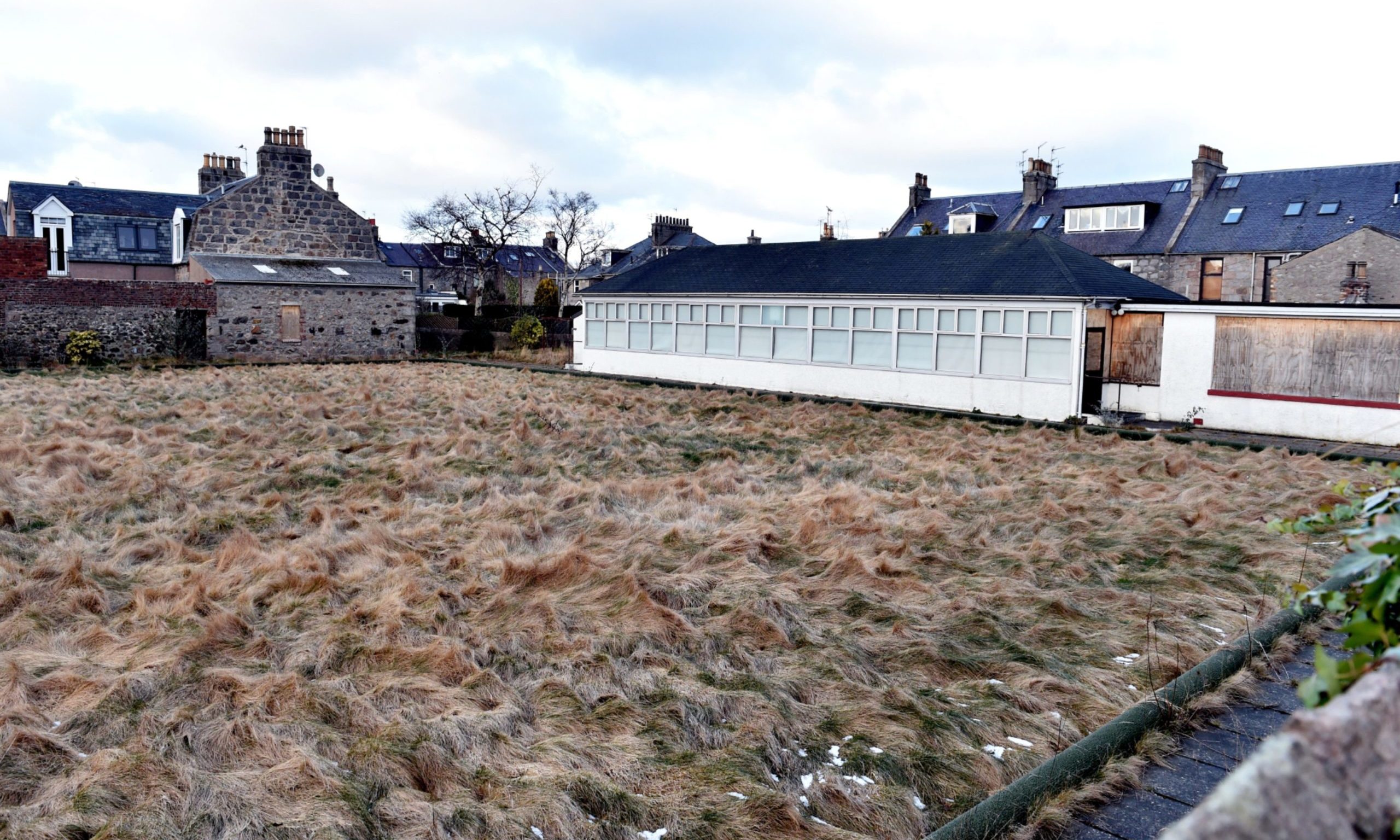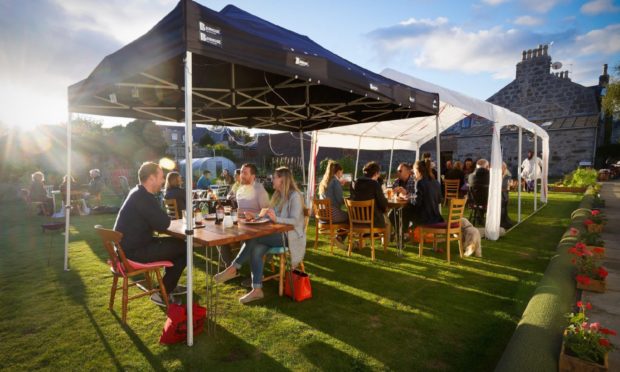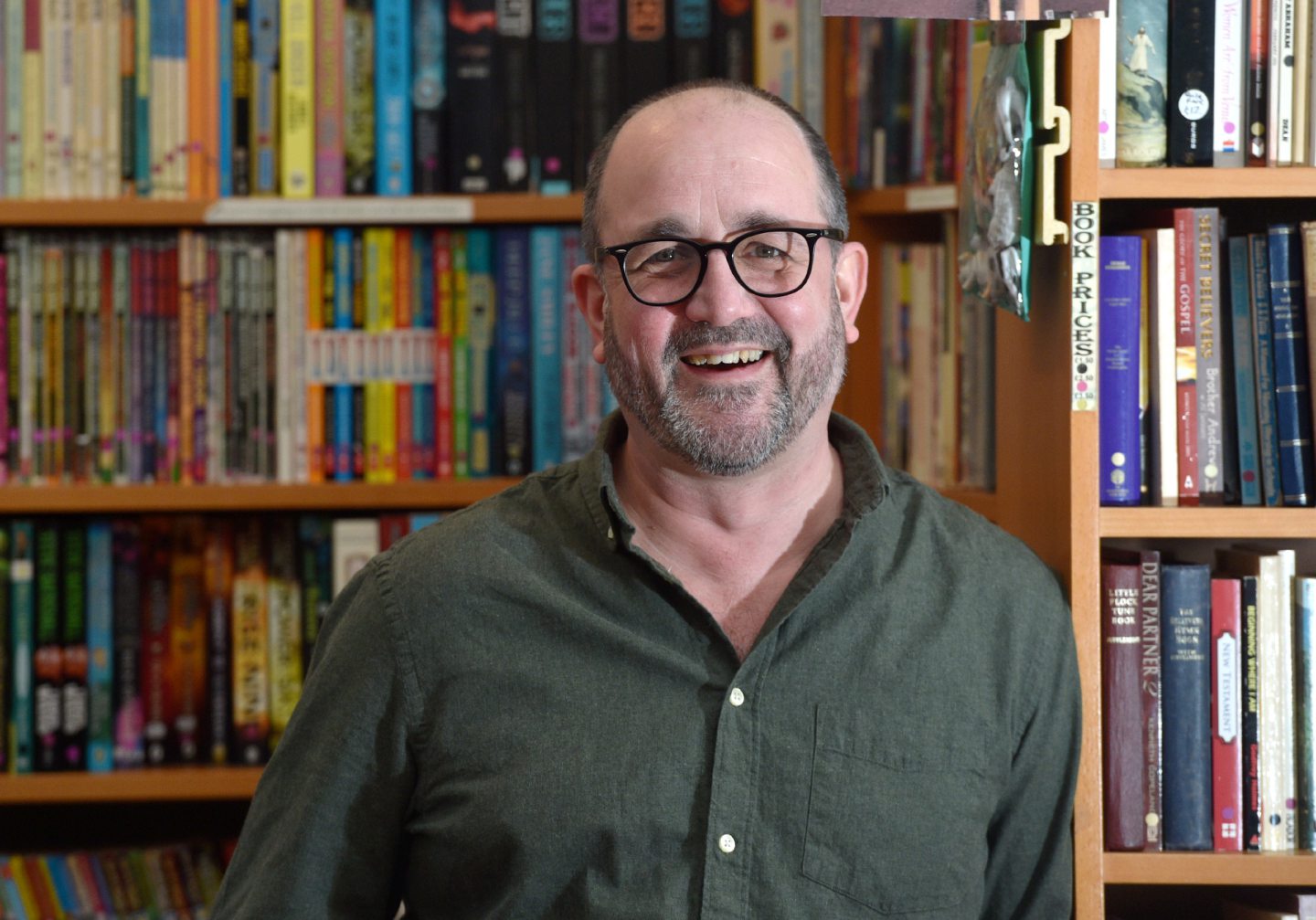Abandoned churches, high street buildings, parks and pubs are among hundreds of gathering places that have been revitalised by communities in the five years since new laws allowed locals to take them on.
New figures show that tens of thousands of people across Scotland have benefitted from new community facilities since legislation was passed in 2016 extending the asset transfer scheme, which had previously only been used for rural land and property.

Bonnymuir Bowling Green in 2018, before the community asset transfer.In 2018 the Bonnymuir Green Community Trust made legal history by becoming the first in the north of Scotland to use the new legal powers.
The group took over an Aberdeen bowling green which had been lying unused since 2014, and transformed it into a market garden, community space and cafe.
Chairman John Wigglesworth said the progress since has been “tremendous” – with significant benefits for the community during the pandemic in particular.
“We thought it was going to be incredibly difficult,” he said.
“But we made a real effort into how we could keep our space open.
“We introduced a booking system and, when restrictions eased up, we opened up the garden and cafe as appropriate for takeaways.
“We thought it was going to be a very difficult year but we actually had more visitor numbers than before, so the project has really stepped up.”
In the last year the group has received funding to improve disability access and plant a wild meadow.
It also found ways to bring people together with a series of outdoor dining events in the summer and autumn.
Communities have been ‘inspiring’
The latest Scottish Government figures show there are now almost 600 facilities which have been taken over by more than 400 communities across the country as part of the asset transfer process.
Community Land Scotland has found around 20% of these are in urban areas.
Ailsa Raeburn, chairwoman of Community Land Scotland, said: “In the five years since the introduction of the game-changing Community Empowerment Act and the extension of the Scottish Land Fund to all of Scotland’s communities, the energy, ambition and achievements of Scotland’s urban communities has been inspiring.”
She added: “All were places and facilities loved by their communities and all had people prepared to commit considerable amounts of volunteer time and energy to save them.
“When Covid hit, many of these community groups were able to build on the credibility and reach of their organisations to respond quickly and effectively to the crisis, often being first on the scene and well ahead of larger agencies.”
John Watt, chairman of the Scottish Land Fund, said: “Community ownership empowers communities. It allows them to build on their strengths as they think about their future.
“Over the last five years across Scotland’s towns and cities, the Scottish Land Fund has supported flourishing groups to fulfil their potential as by owning land, property and other assets they have been able to generate income, create jobs, provide vital services, enhance local amenities and undertake projects that retain and attract new people to their communities.
“It is a privilege to work with communities and enable them to take control of their futures and become stronger.”
Land Reform Secretary Roseanna Cunningham said: “Scotland’s urban communities have made remarkable progress in seizing the opportunities presented by the extension of the Community Right to Buy Act to the whole of Scotland including urban areas.
“The subsequent extension of the Scottish Land Fund to match that has also been a major support to community groups across the country.
“Their achievements are a credit to the vision and hard work of so many volunteers who work tirelessly to make their local communities a better place.
“There has been a lot of progress in the last five years, but there is more yet to be done and I look forward to further progress being made in the next five years.”

